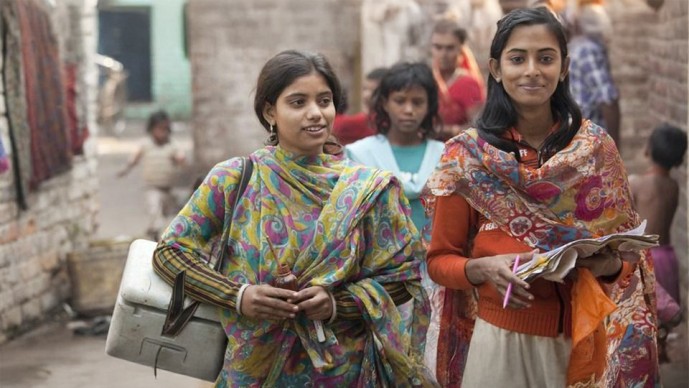
Last week, for the fourth year in a row, the leaders of Brazil, Russia, India, China and South Africa (commonly referred to as the BRICS countries) met at a BRICS Summit, in India, to discuss topical global challenges such as international terrorism, climate change, food and energy security, the international financial crisis and developmental issues. Representing almost half the world's population and about one-fifth of global economic output, it's no surprise that these countries share common challenges and opportunities.
A new report details another commonality among the countries: these fast-growing economies are boosting the aid they provide to poor countries at a rate more than 10 times faster than traditional donors, the G-7 (U.S., United Kingdom, Canada, France, Italy, Japan, Canada), and now called the G-8, with the addition of Russia.
The report, Shifting Paradigm: How the BRICS Are Re-Shaping Global Health and Development, released earlier in the week by Global Health Strategies Initiatives, highlights the contributions, based on their domestic health innovations and experiences, that these countries are making to improve the health and lives of some of the world's poorest people, even as they struggle with their own significant health challenges. A brief overview:
India is the world's largest producer of low-cost vaccines and HIV medicines, and has made remarkable progress in remaining polio-free for more than a year. This achievement - the result of a unique mass mobilization campaign and India's own investment of $1.5 billion, is inspiring other countries as they push towards polio eradication.
Brazil, the first developing country to institute universal treatment for people with HIV, is a beacon for global health equity and provides important assistance to the world's poorest countries. It is building a $21 million pharmaceutical plant in Mozambique and is supporting child nutrition programs throughout the world. Brazil also helped create UNITAID, the global agency that provides assistance for countries fighting HIV, malaria and TB.
China, the biggest aid donor among the BRICS, is a leader in providing malaria treatments to Africa and an increasingly important source of low-cost reproductive health technology. China is also increasing its investment in R&D (Research & Development) that could yield important new health technologies for the world. Russia has provided more support for the Global Fund and GAVI than any other BRICS country. And South Africa has provided support for critically important HIV prevention research.
While these countries' contributions don't come close to matching the aid from Western donors, the report finds these countries' shift from dependency to donors is occurring with startling speed.
In his report to the G20 last November, Innovation with Impact: Financing 21st Century Development, Bill Gates recognized the important role that BRICS can play in building on the unprecedented progress in health and development achieved in the last decade, especially in these tough times. Noting that we are living in a time with incredible potential to spur on even greater progress in the coming decade, Gates identified the need for donor countries to remain the core of external financing for development and to increase the effectiveness of their aid. At the same time, he called for the need to diversify and expand the pool of development ideas and resources in partnership with rapidly growing economies and poor countries.